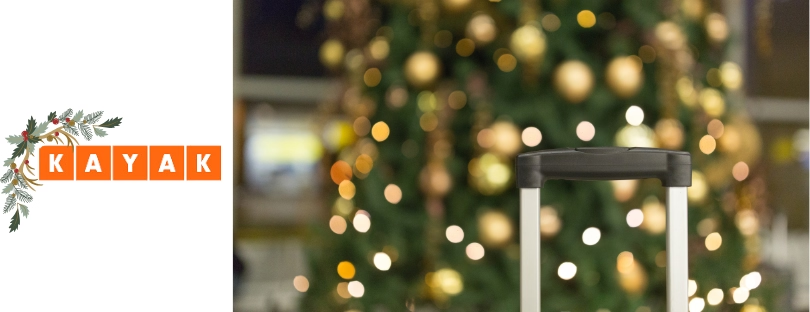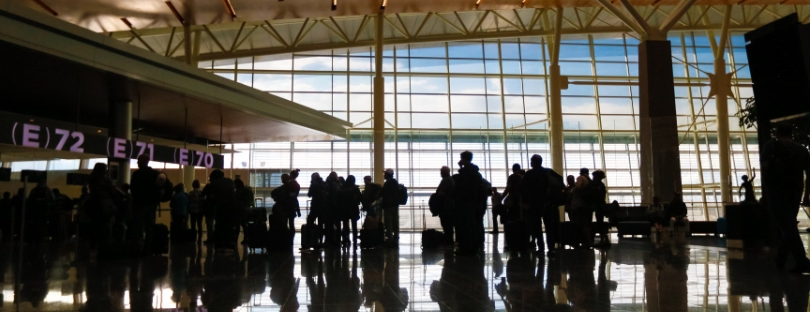
Consumers to prioritize travel spend supported by fintech services, finds new Amadeus study
Amadeus commissioned ‘Consumer travel spend priorities 2022’ a study with 4,500 consumers from France, Germany, UK, US and Singapore to understand their expected spending habits for the coming twelve months. fintech travel
Consumers confirmed their desire to travel despite the economic uncertainty, with ‘international travel’ ranked as the highest priority from a selection of six discretionary spend categories. 42% of respondents said international travel is a high priority spend area for the coming year, far higher than fashion, eating out and big-ticket items like home improvements.
| Discretionary spend area | ‘High priority’ for coming 12 months |
| International travel e.g. holidays | 42% |
| Domestic travel | 32% |
| Online subscriptions e.g. Netflix or Amazon Prime | 28% |
| Eating out e.g. restaurants | 27% |
| Fashion e.g. new clothes | 25% |
| Big ticket items e.g. new car or home furnishings | 20% |
On average, consumers estimate they will spend $2,670 on international travel over the next 12 months, broadly in line with how much they spent in 2019 ($2,780 average). Many travelers plan to spread the cost across installments, reducing exposure to costly Foreign Exchange (FX) transactions and by dipping into loyalty points previously collected.
David Doctor, Executive Vice President, Payments, Amadeus, said: “This research clearly shows consumers are prepared to forego spending in other areas of their lives to accommodate travel this year. But that’s not the end of the story. The industry will need to look for ways that fintech can make travel costs more transparent as well as help travelers manage their spend.”
Travelers turn to fintech for flexibility fintech travel
Faced with economic uncertainty, travelers are adopting fintech to reduce the expense of paying internationally and to flexibly fund their trips.
Three quarters of respondents (75%) said they are more likely to choose a pay-by-installment option like ‘Buy Now Pay Later’ to fund travel over the coming year. This compared to 44% who are more likely to use a credit card, and 26% who are more likely to turn to ‘payday loans’, where short-term borrowing typically incurs high interest rates. 47% of travelers said they are planning to spend any loyalty points they’ve previously collected to pay for trips.
Travelers are also embracing new fintech options with 48% more likely to try pre-paid debit cards that hold multiple currencies to avoid FX fees when paying abroad, and 49% saying they are now interested in co-branded cards that yield loyalty points.
In the current environment, 73% of travelers say they are more likely to pay attention to FX fees and costs associated with international travel and 56% are more likely to choose a travel provider that lets them pay in their own currency, with transparent FX fees.
Doctor continued: “The demand for flexible payment options like Buy Now Pay Later in travel is extraordinarily high. The industry is eager to meet this demand, but it should do so responsibly, with thorough risk management in place. Savvy travelers are adapting to limit costs involved in travel. We see in our own data that more travelers are choosing to pay in their local currency across the airlines using our FX Box technology.” fintech travel








